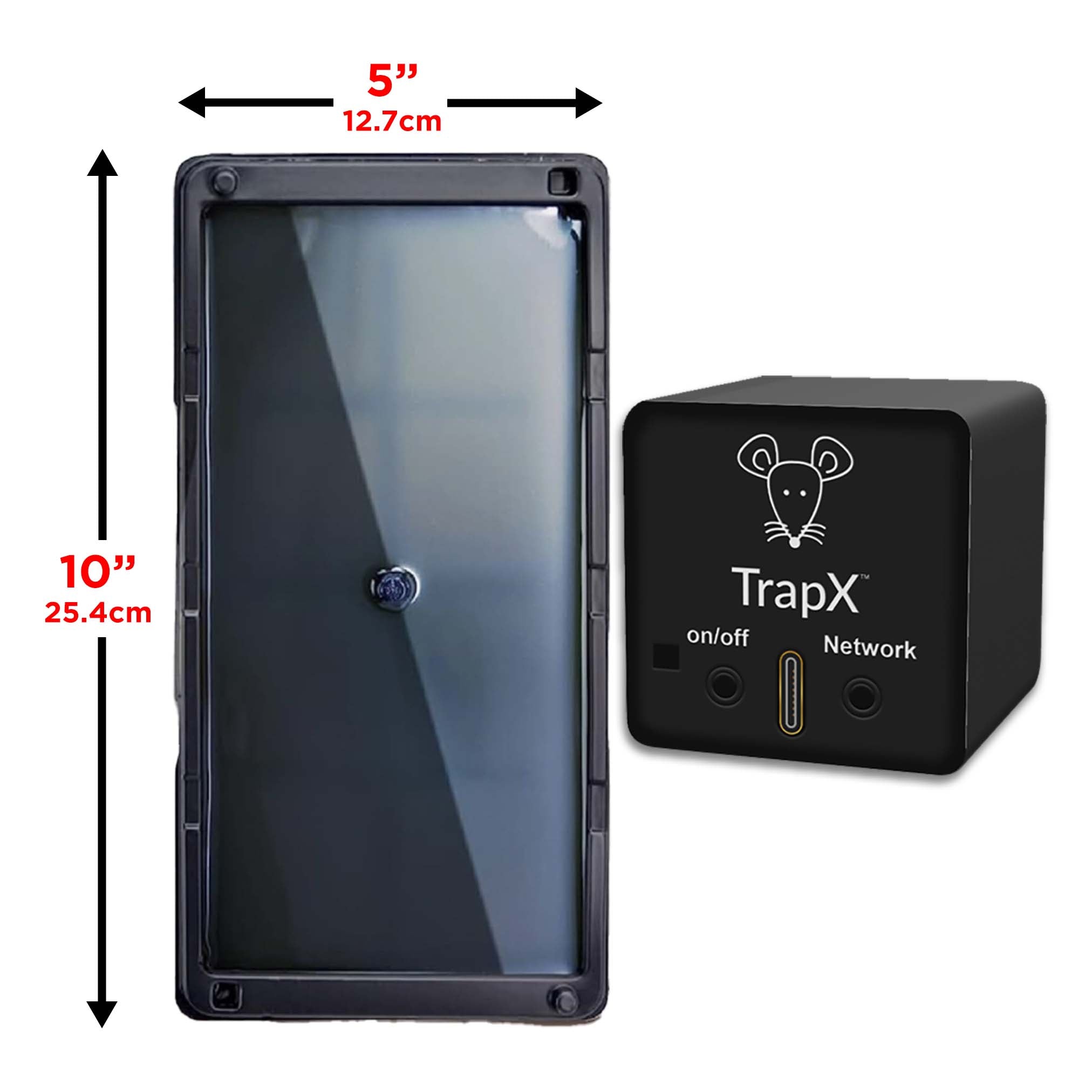What Would Eat a Mouse in a Trap? Exploring the Predators of Captured Mice
Share
Having set a mouse trap, you might feel you have successfully dealt with the mouse problem. But what if something else ends up eating the mouse caught in the trap? In this article, we will explore the various predators of captured mice and understand the dynamics of this less discussed aspect of trapping mice.

Understanding Mouse Traps
Different Types of Mouse Traps
Mouse traps come in various forms, including snap traps, glue traps, and electronic traps. Each type has its mechanism for capturing and killing mice. If you're interested in exploring different types of traps, check out multi-catch traps.
Common Reasons for Using Mouse Traps
People use mouse traps primarily for rodent control. Mice can cause property damage and pose health risks due to the diseases they carry. For more detailed insights, consider reading about new mouse traps.

The Predators of Captured Mice
Domestic Animals
Cats
Cats are natural predators of mice. If they find a mouse in a trap, they may see it as an easy meal.
Dogs
Some dogs have hunting instincts and might eat a mouse caught in a trap, especially terrier breeds.
Wild Animals
Raccoons
Raccoons are omnivorous and opportunistic eaters. They might take advantage of an easy meal like a trapped mouse.
Birds of Prey
Hawks and owls can occasionally swoop down and take a mouse from a trap left outdoors.
Snakes
Some snakes are known to eat rodents and might consume a mouse caught in a trap.
Insects and Scavengers
Ants
A swarm of ants can quickly consume a mouse caught in a trap, especially if left unattended for a while.
Beetles
Certain types of beetles may also feed on a dead mouse in a trap.

Why Predators are Drawn to Trapped Mice
Trapped mice are easy targets as they cannot move or escape, making them an appealing source of food for numerous predators.
Scent Trails
The smell of a trapped mouse may attract predators nearby, including domestic pets and wild animals.
Sound and Movement
The sounds and movements of a struggling mouse can alert predators to its presence.
Preventing Predators from Accessing Mouse Traps
Proper Placement
Place traps in areas less accessible to pets and other potential predators. For more effective methods, you can learn about better trap placement.
Frequent Monitoring
Regularly check traps to remove captured mice quickly.
Using Enclosed Traps
Enclosed traps can prevent larger predators from accessing the trapped mouse.
Should You Be Concerned?
While it might be unsettling to think about, predators consuming mice in traps are part of the natural order. However, it's crucial to manage this aspect carefully, especially in indoor settings. For more information on humane trapping, you might find this external guide useful.
FAQs
1. Can a cat get hurt by a mouse trap?
Yes, a cat could potentially get injured if it investigates or tries to eat a trapped mouse. Ensure traps are placed out of pets' reach.
2. How often should I check mouse traps?
Check mouse traps daily to promptly remove any captured mice and reduce the likelihood of them being eaten by a predator.
3. Can a snake get caught in a mouse trap?
It's unlikely but possible. Take precautions if you live in an area with snakes.
4. Do glue traps work for preventing other animals from taking the mouse?
No, glue traps often can't stop other animals from accessing the trapped mouse.
5. Are there humane alternatives to mouse traps?
Yes, there are humane mouse traps designed to capture and release mice without killing them. Check out humane mouse traps for more options.
6. What should I do if a larger animal is trying to access my mouse traps?
Consider using enclosed traps or placing traps in more secure locations.
Conclusion
Understanding what would eat a mouse in a trap helps in effectively managing mouse traps and ensuring a humane approach to rodent control. Regular monitoring and proper placement of traps are key to preventing other animals from tampering with captured mice.
For more information about wildlife removal, visit this specialized website.
As an Amazon Associate, I earn from qualifying purchases.
